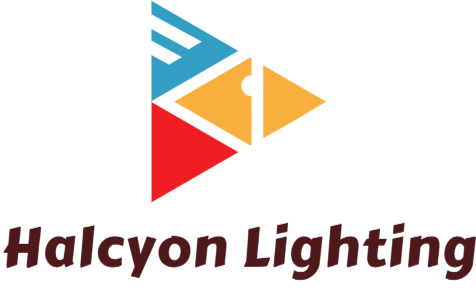Champagne light refers to the luminous display that occurs when bubbles are formed in a glass of champagne. It is a stunning and delightful sight that symbolizes luxury and celebration. Apart from being visually captivating, champagne light also affects the taste, aroma, and texture of the renowned sparkling wine. This article aims to explore the science behind champagne light and how it enhances the overall experience of consuming champagne.
The Science of Champagne Light
When champagne is poured into a glass, carbon dioxide is released from the wine in the form of gas bubbles. The sizes of the bubbles are determined by the coarseness of the wine’s surface and the presence of impurities or dust particles in the glass. The bubbles continue to rise to the surface, breaking the surface tension of the wine and releasing a tiny amount of wine as foam. The carbon dioxide from the bubbles rises to the surface, where it is released into the air, creating a fizzing noise and a ‘pop’ sound.
The light that emanates from champagne is generated by the tiny air bubbles as they rise to the surface. The light is produced by the refraction of light in the transparent glass and the wine’s water molecules, which act as tiny prisms to scatter the light. The light’s quality and intensity depend on the size of the bubbles and the degree of carbonation in the wine. Small bubbles and high carbonation levels result in more elegant and vibrant displays of champagne light.
The Impact of Champagne Light on Taste and Aroma
Apart from being aesthetically pleasing, champagne light also influences the wine’s taste and aroma. As the bubbles burst at the surface, they release tiny aerosols containing wine’s aroma compounds. Inhaling these volatile compounds amplifies the wine’s aromatic profile, enhancing the flavor experience.
Additionally, the carbon dioxide present in the wine creates effervescence, which cleanses the palate and highlights the wine’s acidity, providing a refreshing and crisp mouthfeel that complements the wine’s fruity undertones.
Optimizing the Champagne Light Experience
To enhance the champagne light experience, several factors should be considered when serving champagne. Firstly, champagne should be stored at around 45-50F, as warmer temperatures cause the bubbles to dissipate quickly, reducing the champagne light effect. The temperature of the glass should be consistent with the wine. A chilled glass of champagne facilitates the production of smaller bubbles, which results in a more elegant and effervescent display.
Furthermore, the glass shape influences the champagne light effect. A tulip-shaped or flute glass shape restricts the wine’s surface area, preserving the carbonation and reducing bubble size. A wider glass shape, like a coupe, reduces carbonation and causes bubbles to dissipate quickly.
